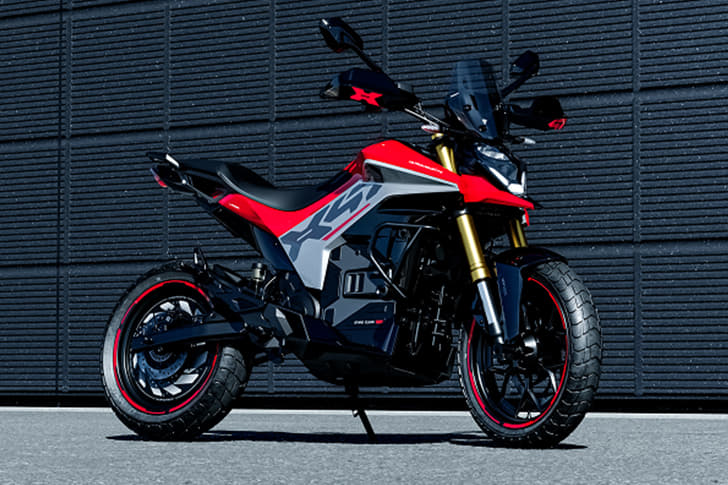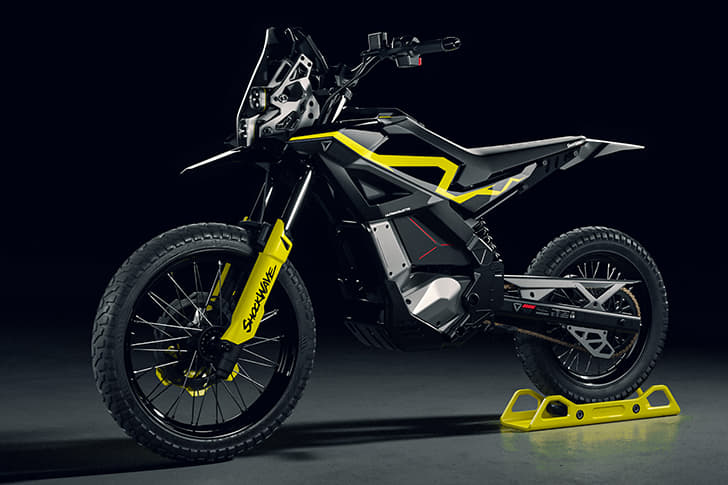
Last Updated on: 07 Oct 2025
Ultraviolette Automotive F77 Mach 2
The Ultraviolette Automotive F77 Mach 2 price starts at ₹2.99 lakh and goes up to ₹3.99 lakh for the top-end model (ex-showroom). The F77 Mach 2 is available in 2 variants.
Launched on April 24, 2024, the F77 Mach 2 is designed for efficient and eco-friendly rides. The electric motor delivers a claimed battery range of , making it practical for everyday use. The F77 Mach 2 is offered in 6 attractive colors such as Afterburner Yellow, Cosmic Black, Lightning Blue, Stealth Grey, Stellar White, Turbo Red.
Ultraviolette Automotive F77 Mach 2 Features and specifications
Our Rating | Yet to be Reviewed |
Body Type | Bike |
Battery Range | 211 km - 323 km |
Fuel Type | Electric |
Transmission | Automatic |
Claimed Electric Motor Range | 323 km |
Ultraviolette Automotive F77 Mach 2 price & variants
With 2 variants on offer, the Ultraviolette Automotive F77 Mach 2 caters to different budgets. The F77 Mach 2 price ranges from ₹2.99 lakh for the base model to ₹3.99 lakh for the top variant, the Recon.
Ultraviolette Automotive F77 Mach 2 reviews

Ultraviolette Automotive F77 Mach 2 comparison


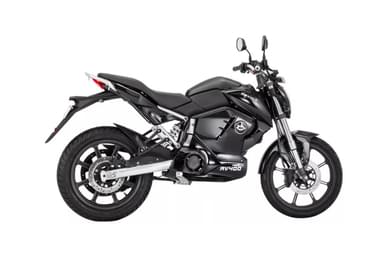













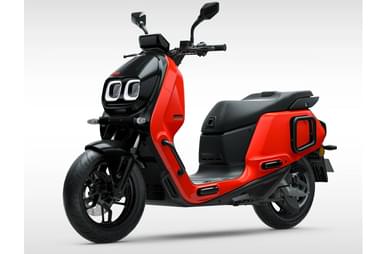




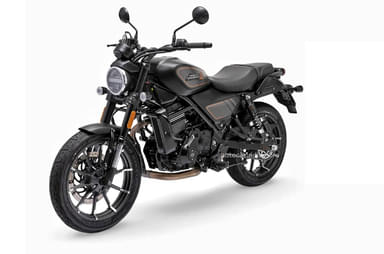









Ultraviolette Automotive F77 Mach 2 news
Ultraviolette Automotive F77 Mach 2 Images
The Ultraviolette Automotive F77 Mach 2 is showcased through 46 images, giving riders a clear view of its design and styling. The F77 Mach 2 images cover all 2 variants, highlighting differences in colors and trims. Riders can also observe key features in the visuals, providing an idea of what to expect in terms of design and functionality.
Ultraviolette Automotive F77 Mach 2 videos
The Ultraviolette Automotive F77 Mach 2 videos showcase all 2 variants, giving riders a close look at their design and performance. A total of 4 videos are available, allowing you to explore real-world riding characteristics of this EV bike and understand what each variant offers.




Ultraviolette Automotive F77 Mach 2 Colours
The Ultraviolette Automotive F77 Mach 2 colour palette offers 6 exterior shades. These include Afterburner Yellow, Cosmic Black, Lightning Blue, Stealth Grey, Stellar White, Turbo Red.
Upcoming Bikes
Ultraviolette Automotive Bikes
